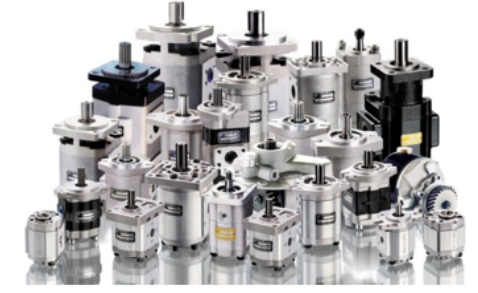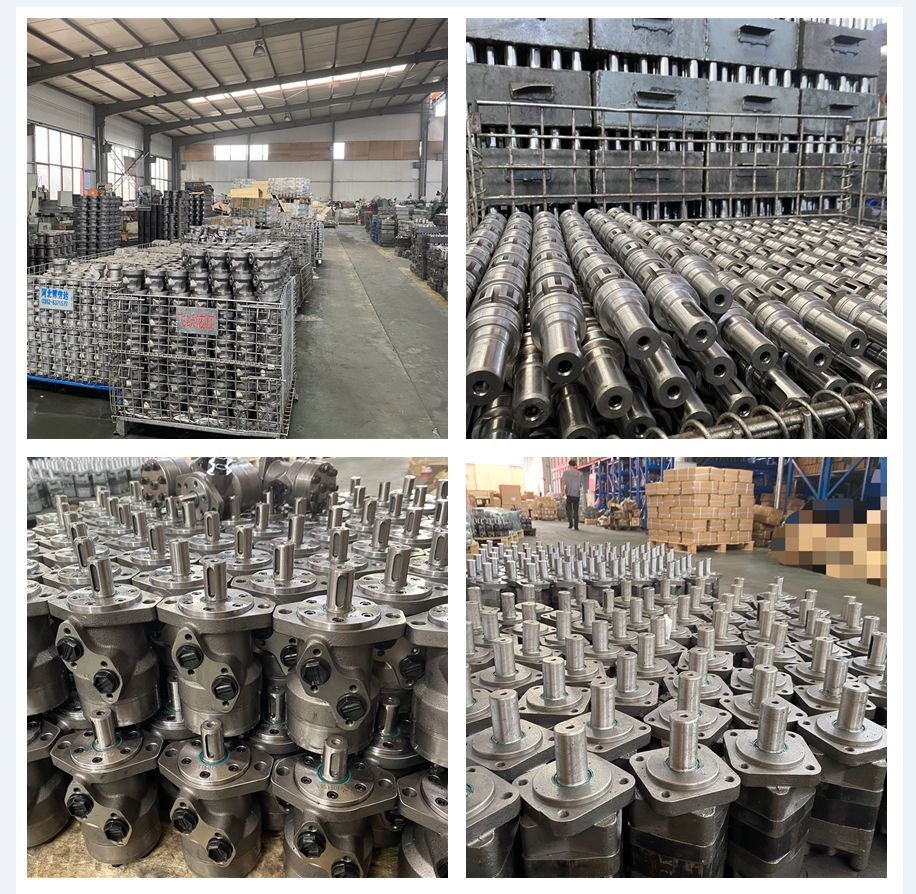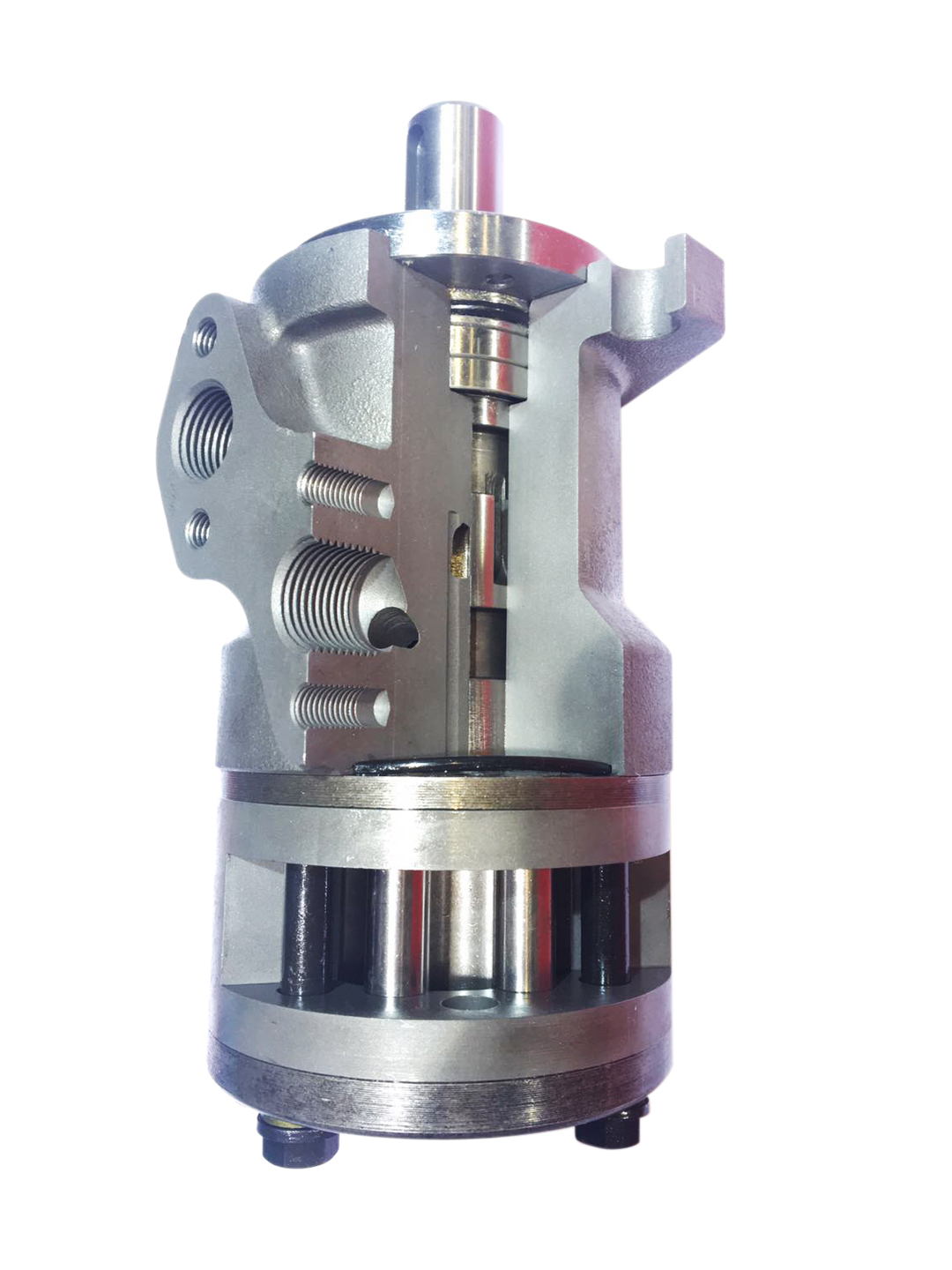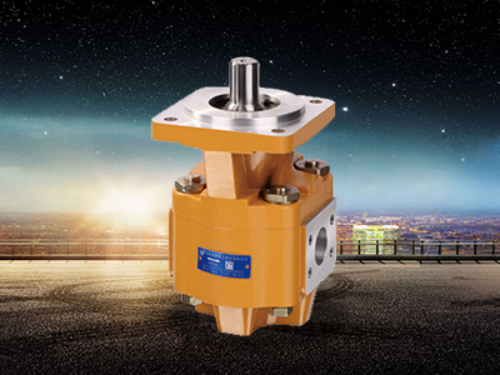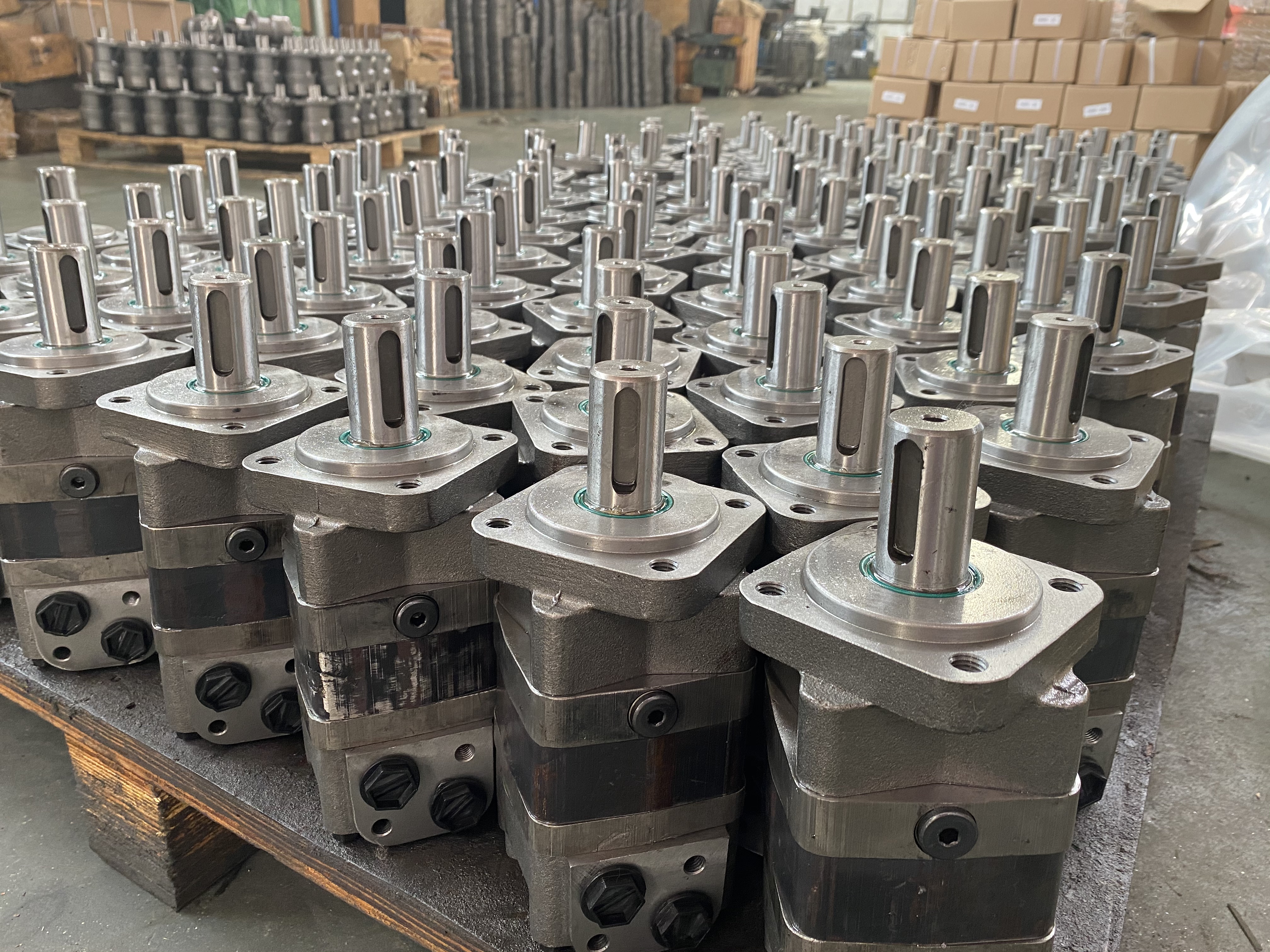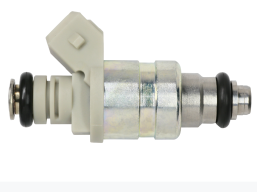- What are the main types of hydraulic valves?
There are three main types of hydraulic valves: directional control, pressure control and flow control. These valves can be operated in a variety of ways, including mechanically using handles, knobs or cams, electrically with solenoids and pilot operation.
- Directional control valves
Directional control valves are used to start, pause, stop or change the direction of fluid flow within a hydraulic system. These valves have two or more working ports and a spool that can change positions in the valve body.
The spool can be shifted from completely open to completely closed, which can cause fluid to accelerate or decelerate rapidly.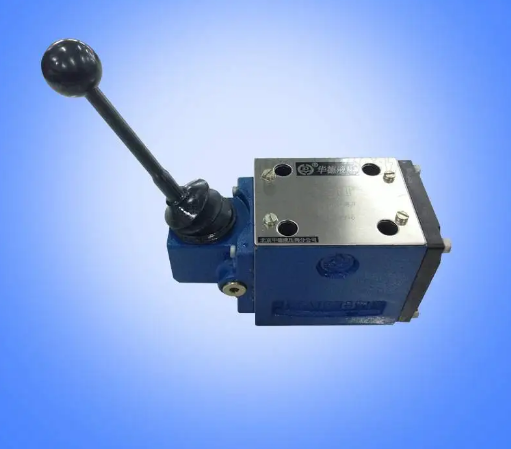
- Pressure control valves
Pressure control valves regulate the pressure of a hydraulic system and prevent leakage or pipe bursts. They have relief, reduction, sequencing, counterbalancing, and unloading functions, depending on the valve.
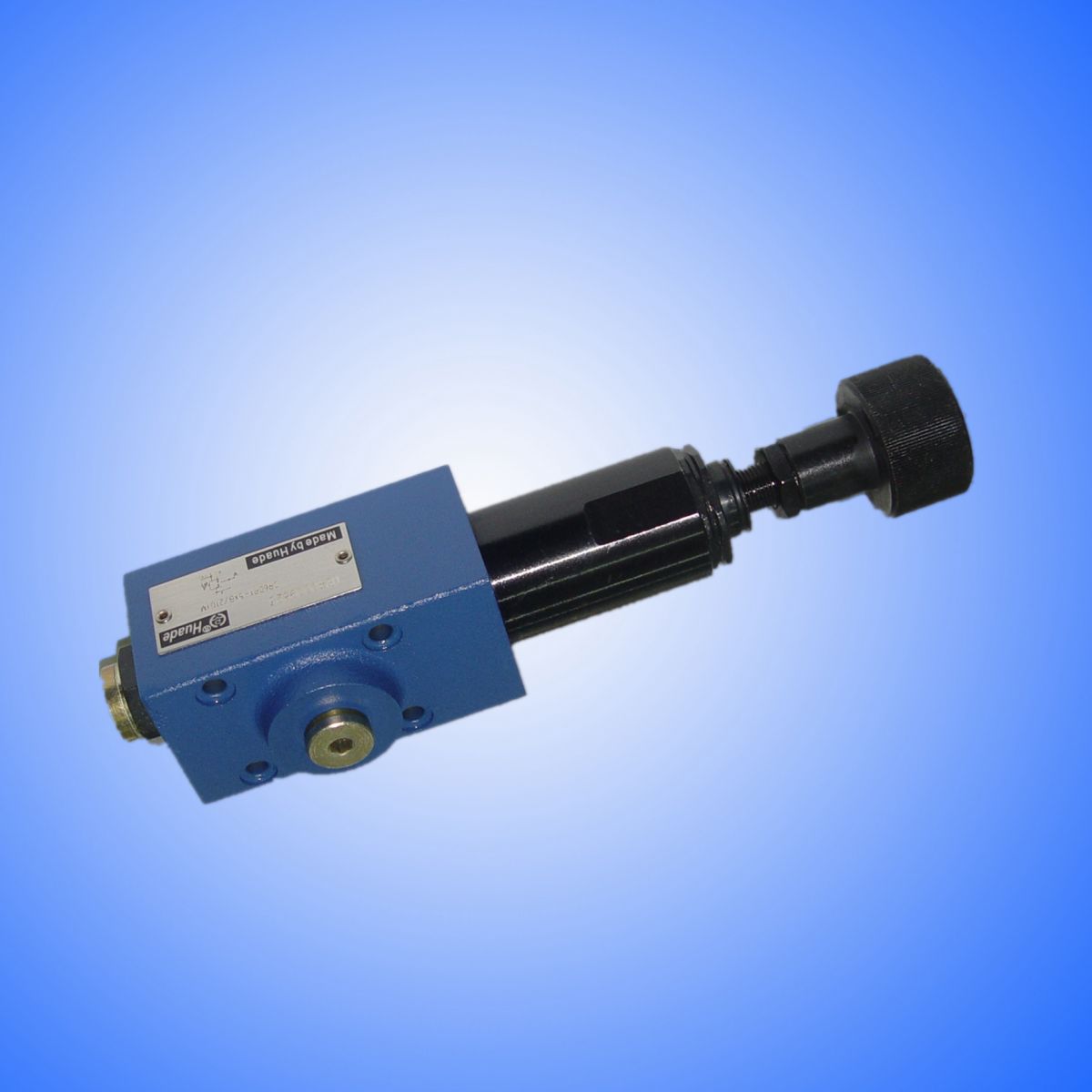
- Flow control valves
Flow control valves can adjust the flow rate of both fluid and gas through the valve. These valves come in fixed flow, adjustable flow, throttling flow and pressure-compensated flow control models.
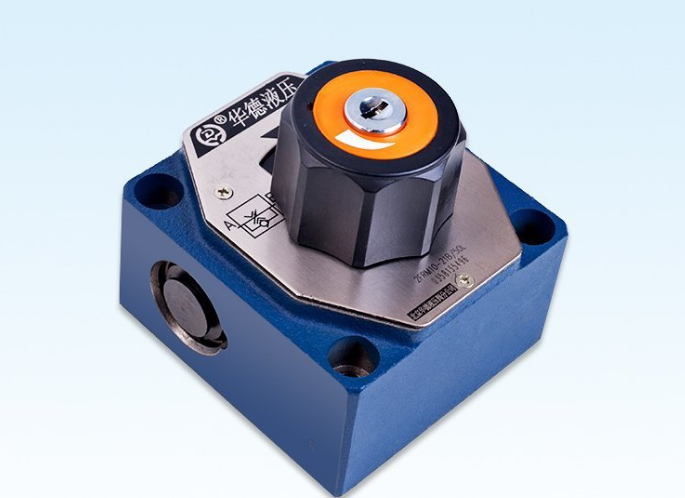
- Working Principles
One of the most important working principles of a hydraulic valve is that they can control the flow of the fluid that passes through them. This is done by varying the cross-sectional area of the valve. This is a technique that a variety of hydraulic valves employ and is often referred to as throttle flow control.
This method allows an operator to slowly or gently accelerate or decelerate a load through the hydraulic system. It is also used in many mobile applications and industrial equipment.
The main types of hydraulic valves are directional control valves, pressure control valves, and flow control valves. These are all categorized based on their specific regulatory function as they are applied to the fluid that passes through them.
A hydraulic directional control valve will switch the flow of fluid through one or more ports depending on which device it supplies to. This allows a single-acting actuator to supply hydraulic fluid to itself in one port and drain it from the other port, or a double-acting actuator to supply hydraulic fluid to itself in all ports and drain it from the other.

 中文
中文 English
English Español
Español Français
Français
